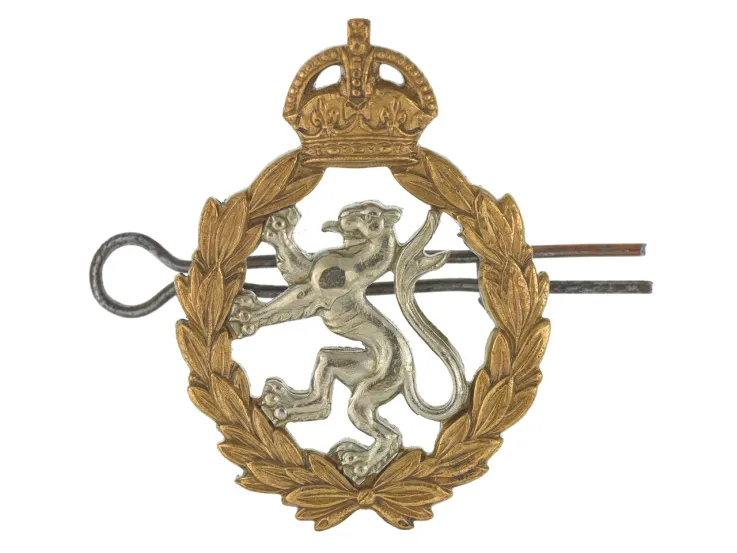Origins
The British Army has always used cannon. Until 1716, they were provided by artillery trains, raised and disbanded on a campaign-by-campaign basis. But that year, King George I issued a Royal Warrant to set up two permanent field artillery companies of 100 men each. This force soon grew in size as the demand for artillery increased.
Other artillery regiments were also set up at this time, such as the Royal Horse Artillery in 1793, which provided artillery support to cavalry units. Some of these other regiments were merged into the main Royal Artillery, such as the Royal Irish Regiment of Artillery in 1801, and the artillery of the disbanded East India Company in 1862.
Three arms
In 1899, the Royal Artillery was split into three arms - the Royal Field Artillery (RFA), the Royal Horse Artillery (RHA) and the Royal Garrison Artillery (RGA). The RHA provided artillery support to the cavalry and continued in a separate role.
The RFA was the largest branch, providing howitzers and medium artillery near the front line. The RGA manned the largest guns, especially those mounted in coastal and colonial forts. During the First World War (1914-18), the RGA also manned the heavy guns and howitzers on the Western Front.
Quiz
What colour is the Regimental Colour of the Royal Artillery?
Unlike infantry units, the Royal Artillery doesn't have regimental colours. Instead, its guns are accorded a similar symbolic status. Losing the guns in action was equally dishonourable.
Legacy
In 1924, the RFA and RGA were merged back into one regiment, the Royal Artillery. This was divided into brigades, which were renamed regiments in 1938. There were 960 of these regiments during the Second World War (1939-45), with over one million men.
Its size fell to 250,000 men in 1945. Since then, the Royal Artillery has taken part in all of the British Army’s campaigns.
Today's gunners use a variety of high-tech equipment, including self-propelled guns and precision rockets, as well as traditional artillery pieces.
Regimental museums
The National Army Museum works with a network of Regimental and Corps Museums across the UK to help preserve and share the history and traditions of the Army and its soldiers.
Discover more about the Royal Artillery by visiting the website of the Royal Artillery Museum.













